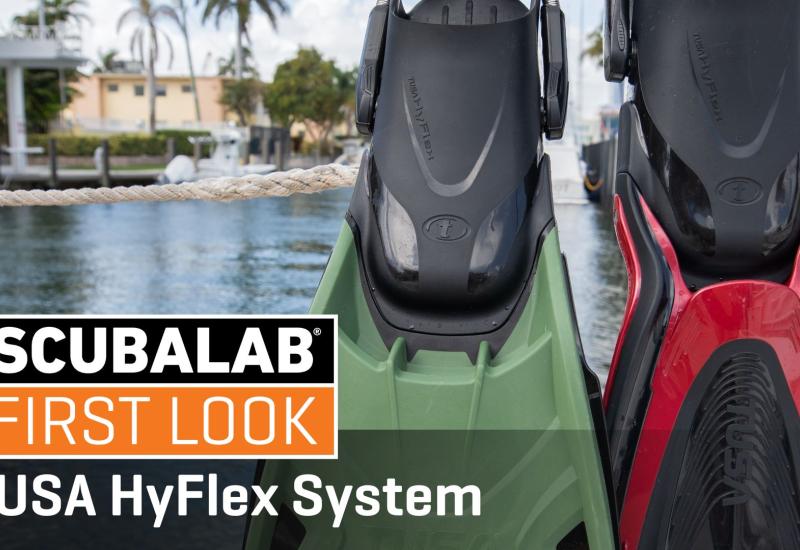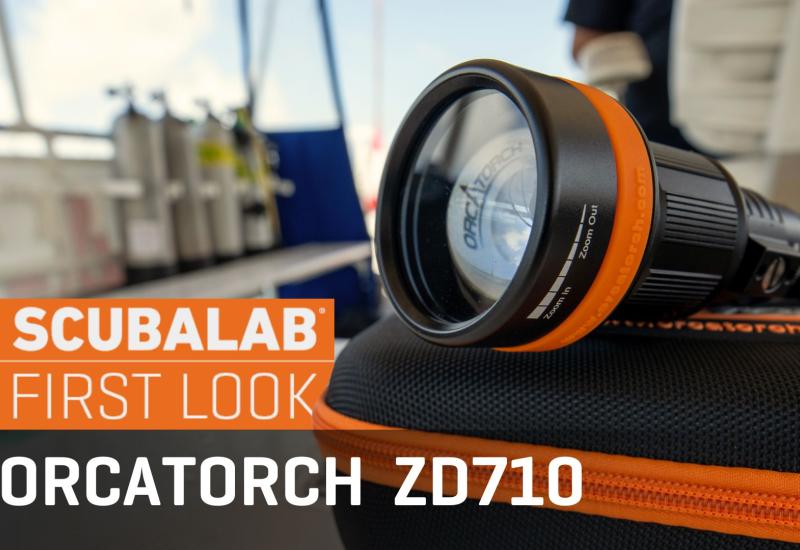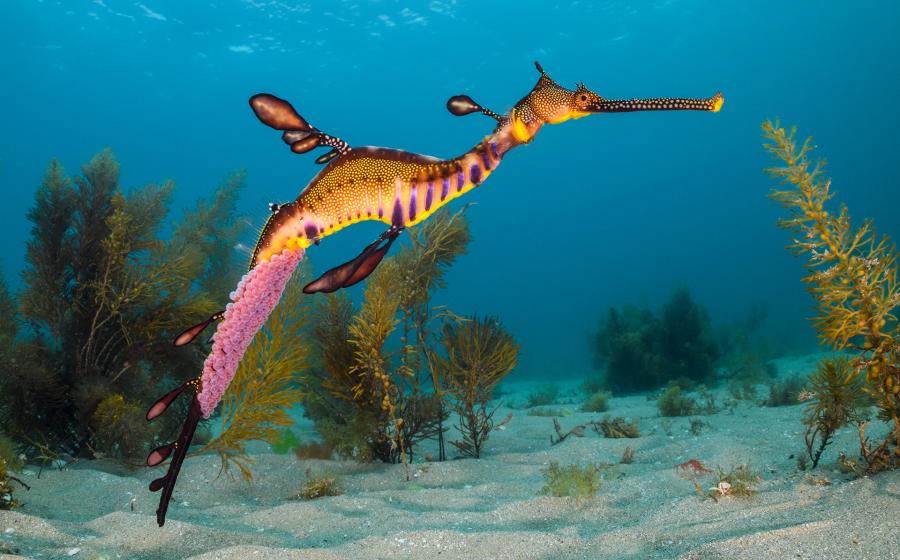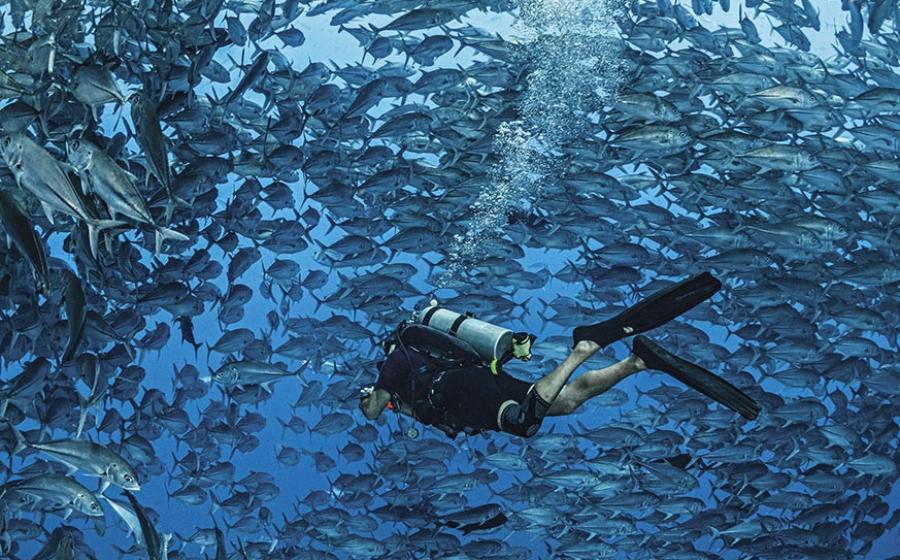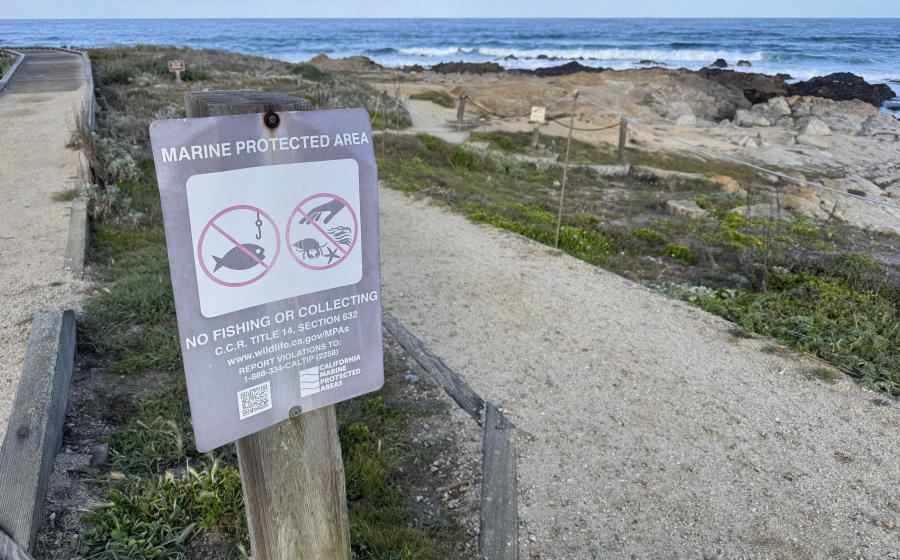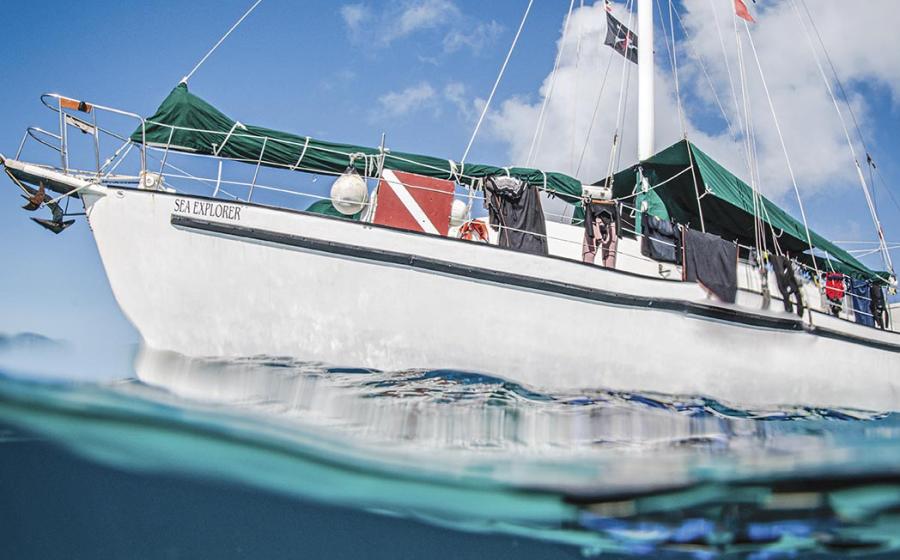How To Buy a Mask That Fits

Scuba DivingMask Fitting Your mask is one of the most important pieces of equipment for a diver — make sure it fits properly.
When choosing a mask, three sets of criteria are critically important: fit, fit and fit. As no two faces are alike, proper mask fitting needs to be a careful undertaking. Bring your regulator and snorkel on your shopping trip because these can affect the mask’s seal. Most important, don’t fall for the old method of inhaling to see if a mask fits. Creating such a vacuum can provide a seal on even an improperly fitting mask. Instead, with your reg and snorkel in place, tilt your head back and rest the mask in place without inhaling — look for any gaps between the skirt and the skin. Next, make sure the mask is comfortable — there’s nothing worse than diving with a mask that digs into the bridge of your nose, eyebrows or upper lip. At depth, these pressure points can make you feel like you’re wearing a coffee can. Make sure you can reach around the second stage to pinch your nose. Last, if your retailer will let you take it into the pool, take the plunge and make sure the mask doesn’t leak and that there are no issues with comfort. If you can’t do an in-water test, check the store’s return policy.
Once you’ve made your selections, we recommend you check the fit of a mask you’re thinking about purchasing, and if possible, jump into a pool to test it. That’s because the field of view you get peering through a new mask in your dive store is not what you’re going to get viewing through it underwater — we all learned in our open-water class that anything you see underwater is going to appear larger and closer than it would on terra firma — so it’s important to keep that in mind when trying on masks in the store.
Since 2005, we’ve included field of view results in all our mask tests and have found this measurement is reduced underwater. The greatest difference between the measurements taken in the pool and in the lab has been recorded for the masks with side windows. A mask with side windows has two additional characteristics. On the surface, when gazing from the front windows to the side windows, you see an uninterrupted, panoramic view of your buddy, the dive boat and the dive site. But underwater, shifting your gaze from front to side can be like stepping into a house of mirrors. At the point where the side windows and front lenses meet, you’ll hit a blind spot.
Side windows do, however, provide a huge amount of extra peripheral vision, bringing a lot more of the dive site into view. Some divers learn to compensate for the refraction factor because the extra view off to the side is worth dealing with the distortion; others find the effect more distracting and choose not to buy a mask with side windows. It’s a personal preference for each diver, but worth understanding the refraction factor before buying a mask to decide what is best for you.


